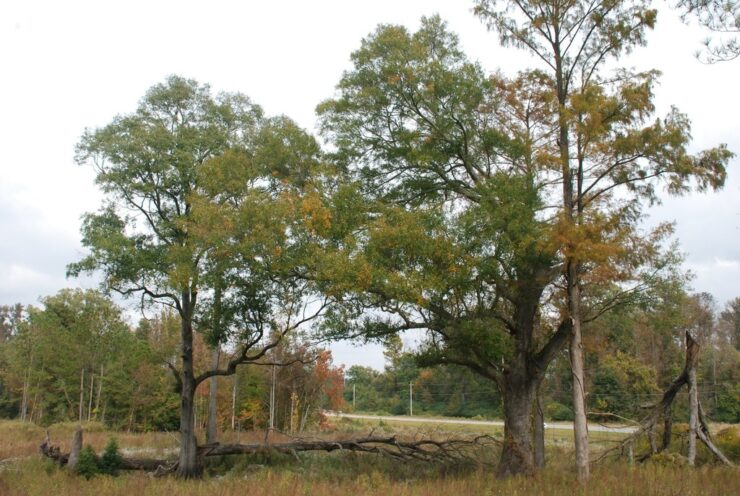The Laurel Oak is a deciduous tree that is native to the eastern United States and Canada. This tree has leaves that are dark green on the upper side and mottled with white on the lower side. This tree is often confused with the Ginkgo.
Landscaping and Ornamental Use
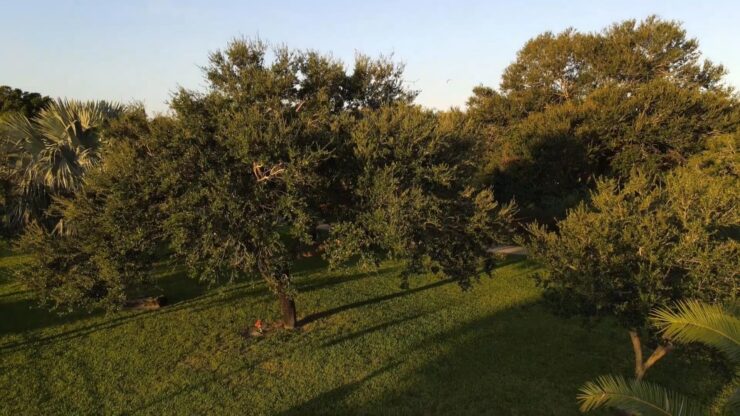
Laurel oak is a popular choice in landscaping. Its dense canopy, glossy green leaves, and attractive shape make it visually appealing. It adapts well to urban environments and can tolerate a variety of soil conditions, making it ideal for parks, streets, and gardens.
Homeowners and city planners appreciate laurel oak for its fast growth. It provides quick shade and enhances the aesthetic appeal of landscapes. Its ability to thrive in different soil types adds to its popularity. Laurel oak offers both beauty and resilience.
Timber and Wood Products
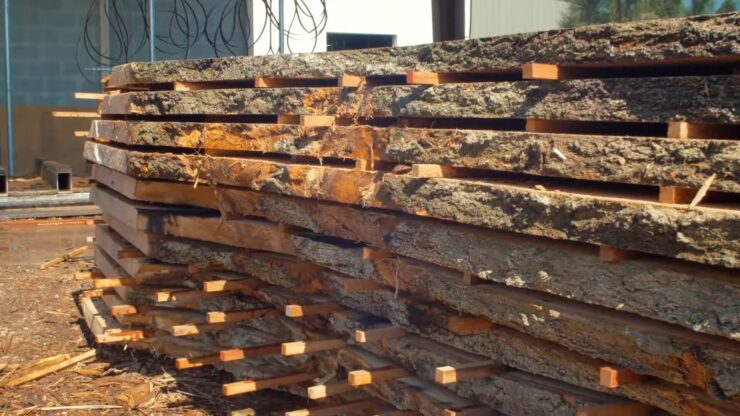
Laurel oak wood is valuable in the timber industry. It is used to make furniture and cabinets, appreciated for its durability and attractive grain. This wood is also used for flooring and paneling, adding a touch of elegance to interiors.
Laurel oak serves as a reliable source of firewood due to its high heat value. The versatility of laurel oak wood makes it economically important. Its uses in various wood products underscore its value.
Wildlife Habitat
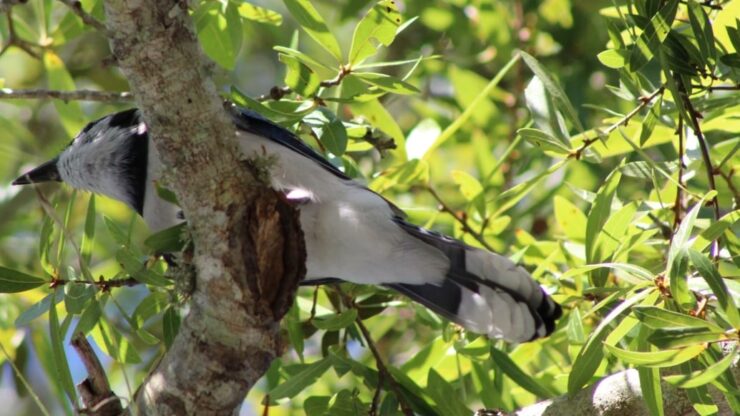
Laurel oak supports wildlife in many ways. Its acorns provide essential food for deer, squirrels, and various bird species. The dense foliage offers shelter and nesting sites for birds and small mammals, promoting biodiversity, like the Pin Oak tree we wrote about earlier.
The ecological benefits of laurel oak extend beyond providing food and shelter. Its presence in natural landscapes supports diverse species, contributing to a balanced ecosystem. Conservationists and wildlife enthusiasts value laurel oak for its contributions to nature.
Environmental Benefits
Laurel oak plays a role in controlling soil erosion. Its root system helps stabilize the soil, making it useful in erosion control projects. This tree also contributes to carbon sequestration, absorbing carbon dioxide from the atmosphere and helping mitigate climate change.
Planting laurel oak in areas prone to soil erosion can prevent land degradation and promote soil health. Its ability to thrive in various conditions, including wet soils, enhances its effectiveness in such projects. Environmentalists and land managers recognize laurel oak’s value in preserving the environment.
Growth Characteristics
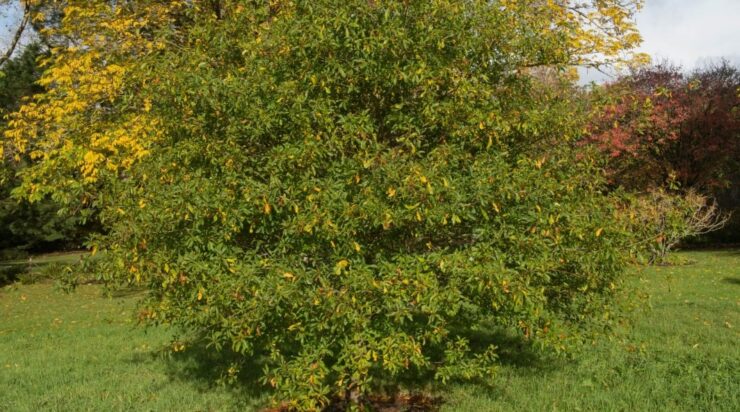
Laurel oak grows quickly, making it a preferred choice for those seeking rapid results. It typically reaches heights of 40-60 feet, with a spread of 30-40 feet. This tree prefers moist, well-drained soils but can tolerate wet conditions. Once established, it exhibits good drought tolerance.
Regular maintenance, including pruning, ensures that laurel oak maintains its shape and health. Removing dead or lower branches prevents interference with pedestrian or vehicle traffic. Proper care allows laurel oak to thrive and provide its many benefits effectively.
Conclusion
Laurel oak is a tree with significant value in landscaping, timber production, wildlife support, and environmental conservation. Its aesthetic appeal, rapid growth, and resilience make it a preferred choice in various settings. The ecological and economic benefits of laurel oak underscore its importance in maintaining balanced ecosystems and supporting human needs.

